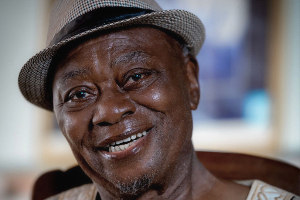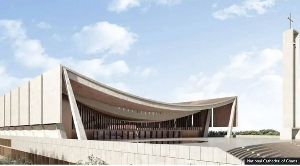Seven out of 25 banks surveyed by accounting professionals, pwc, controlled about 56.3 percent of the market share in 2016 compared with 54.0 percent the previous year.
The banks which are all in the tier one category are Ghana’s biggest bank, Ecobank, GCB, uniBank, Barclays, Stanbic, Stanchart and Fidelity.
According to the survey, Ecobank continued to hold the largest market share of industry deposits of 12.1 percent. Barclays Bank’s deposit mobilization drive yielded results with an increase in industry deposits from 6.6 percent to 8.7 percent, almost same as that of GCB Bank.
uniBank’s loss in market share of deposits according to the report could be attributable to the competition during the year because the new entrants were aggressively pursuing customers in the same segment of the market which largely comprises of small business undertakings. Its market share, however, stood at about 6.2 percent, same as Fidelity Bank.
On the other hand, the tier two banks controlled about 30.0 percent of the market share.
These banks are UBA which is the market leader in this category, CAL Bank, Zenith Bank, UMB, Access Bank Ghana, SoceiteGenerale and HFC Bank.
The report noted that the group has consistently shown aggression in market practices to grow deposits. UBA’s gain in market share of deposits is mainly a result of the increase in fixed deposits.
With the exception of Access Bank Ghana, all banks in the second quartile achieved marginal gains in the market share in deposits.
For tier three banks, they, however, possessed about 12 percent of the market share. Banks in this category are Prudential Bank, GT Bank, First Atlantic Bank, Bank of Africa, GN Bank, FBN and BSIC or Sahel Sahara Bank.
The report explained that Prudential Bank has consistently maintained the largest market share of deposits among the banks in this group. GNB’s deposit mobilization strategies appear to be yielding results as it recorded a 50 percent growth in deposits mainly attributable to its branch expansion and deposit promotional campaigns. GNB also has the largest branch network in this group.
The fourth quartile banks together held less than 2.0 percent of the industry deposits as at the end of 2016. The banks in this quartile, made up of Sovereign Bank, Energy Bank, Bank of Baroda and FNB are yet to gain strong visibility in the market and face intense competition from the non – bank financial institutions.
With regard to loans and advances, uniBank’s aggressive lending strategy to the middle market appears to be successful although it lost market share of deposits. Ecobank, however, continues to be the industry’s largest lender with a significant portion of its loans in the services, commerce and finance sectors.
The banks in this group the report stated have generally remained conservative. The industry trend is characterized by an unusually high default rate attributable to the energy sector and unfavourable economic conditions.
On tier three banks, the banks in this group have generally remained conservative.
According to the report, the industry trend is characterized by an unusually high default rate attributable to the energy sector and unfavorable economic conditions. The banks the report explained further are reluctant to be exposed because of the limitations in their ability to absorb defaults from economic shocks.
Finally, the tier banks had Energy Bank being the leader, growing its loan book three-fold with significant exposure in the agriculture, electricity, gas and water sectors.
Bank of Baroda on the other hand continues to be risk averse with its lending practices.
Business News of Thursday, 24 August 2017
Source: thefinderonline.com

















